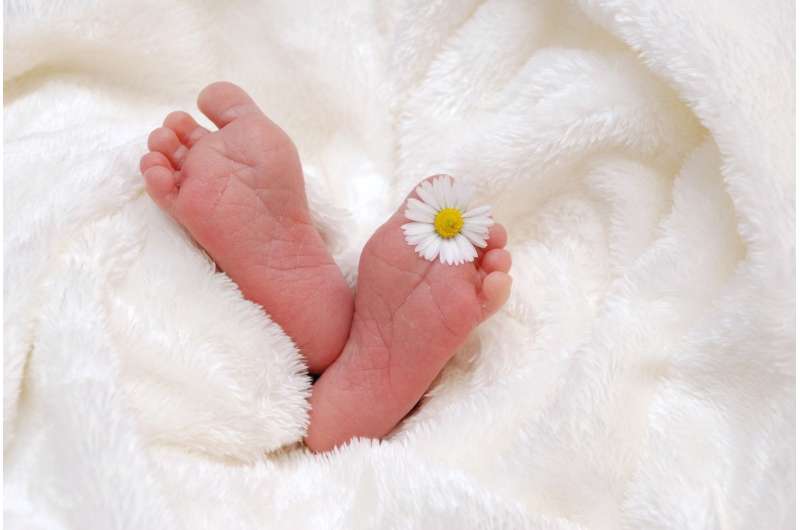China's two-child policy has led to 5.4 million extra births

The introduction of China's universal two-child policy, that permits all couples to have two children, has led to an extra 5.4 million births, finds a study in The BMJ today.
It is the first study to use national data to estimate the impacts of the policy change and shows that births increased in response to the policy, but not as much as some policymakers had hoped.
China's two-child policy, announced in October 2015, was enacted to reverse the nation's stagnant population growth, ageing population, and shrinking workforce.
The policy targeted some 90 million women of reproductive age who already had a child, and now would be allowed to have a second child.
There has been much speculation about the impact of the policy, with projections ranging from slightly over 1 million to more than 20 million annually. But, so far, studies have been limited.
So a team of researchers based in China and the US set out to measure changes in births and health-related birth characteristics associated with the policy change.
Using two national databases, they compared the number of births in two phases: "baseline period" (up to and including June 2016, 9 months after the announcement) and "effective period" (July 2016 to December 2017).
Their findings are based on 67.8 million births in 28 out of 31 provinces of mainland China, an average of 1.41 million births per month.
The researchers estimate an additional 5.4 million births as a result of the new policy during the first 18 months that it was in effect. And for the first time, the number of births to those who had given birth previously (multiparous mothers) exceeded births to first-time (primiparous) mothers.
The policy was also associated with a 59% average increase in births to older mothers (35 years or older), but there was no accompanying increase in premature births.
Finally, there was a slight decrease in caesarean deliveries to primiparous mothers, which might signal a favourable trend towards vaginal birth in first-time mothers in China, explain the researchers.
However, they point out that many of the changes associated with the policy, including the increase in births, appeared to diminish at the end of the study period, raising questions about whether the policy's effects will be sustained.
This is an observational study, so can't establish cause, and the researchers outline some limitations relating to the validity and representativeness of the data. But they say their findings clearly show that births increased in response to the policy, albeit not as much as some policymakers had hoped.
Although they found no significant increased premature births, they say "more work is needed to document and ensure the health of an increasingly older maternal population of second-time mothers in a nation where caesarean delivery rates are high."
Further research is also needed "to develop a more nuanced understanding of the sustained impact of this historic change on the world's largest nation," they conclude.
More information: Association of China's Universal 2-child policy with changes in births and birth-related health factors: national descriptive study, DOI: 10.1136/bmj.l4680 , www.bmj.com/content/366/bmj.l4225


















